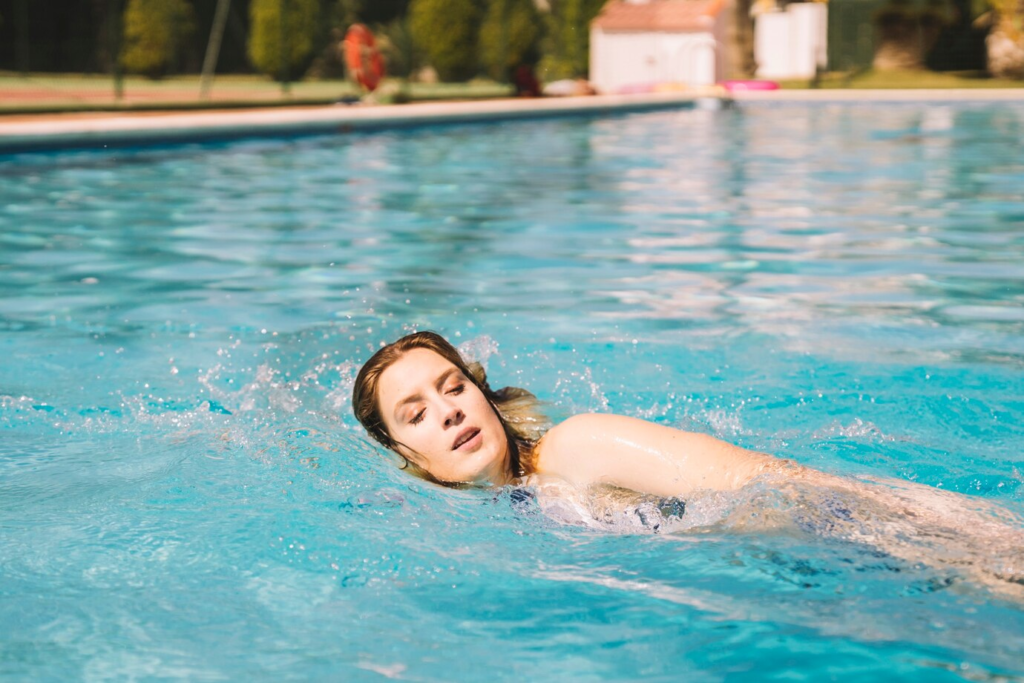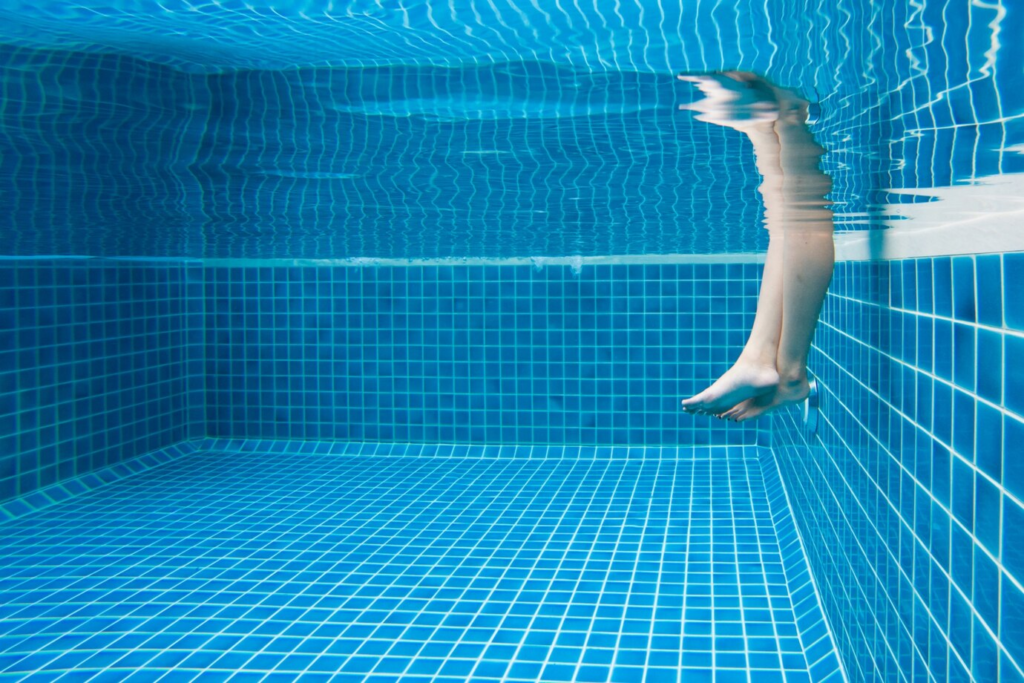When the summer heat kicks in, there’s nothing better than having your backyard pool to dive into. But before you start planning pool parties and floating in the sun, you have a big decision: in-ground or above-ground?
Both pool types offer plenty of splash-worthy benefits but have unique costs, timelines, and long-term considerations. Whether you’re upgrading your outdoor living space or building a new pool from scratch, this guide will help you decide which one fits your home, your budget, and your lifestyle.
Let’s break it down.

In-Ground Pools: The Classic Backyard Statement
In-ground pools are the gold standard of backyard luxury. They’re sleek, customizable, and seamlessly integrated into your landscaping. If you’re dreaming of a resort-style experience at home, this is where it’s at.
Pros:
- Aesthetic Appeal: They blend beautifully with patios, decks, and landscaping.
- Durability: Built with concrete, fiberglass, or vinyl, in-ground pools are made to last decades.
- Customization: Choose the shape, size, depth, lighting, and water features to fit your vision.
Cons:
- Cost: In-ground pools are significantly more expensive to install and maintain.
- Installation Time: Expect 6–12 weeks from dig to dip.
- Permanent Structure: Once it’s in, it’s not going anywhere—relocation or removal is tough and costly.
Cost Estimate:
Depending on materials and features, in-ground pools typically range from $35,000 to $70,000+. High-end builds with extras like waterfalls or infinity edges can push that number into six figures.
Above-Ground Pools: Budget-Friendly and Fast
Don’t count out above-ground pools. They’ve come a long way in design and can be an affordable, flexible solution for cooling off during the warmer months.
Pros:
- Affordability: A major win here—most above-ground pools cost a fraction of their in-ground counterparts.
- Quick Installation: Many can be installed in a day or two, with minimal disruption to your yard.
- Portability: If you move, some models can be disassembled and relocated.
Cons:
- Visual Impact: They’re not always as sleek or integrated as in-ground pools.
- Limited Customization: Shape and depth options are pretty standard (mostly round or oval).
- Shorter Lifespan: Most last 7–15 years, depending on materials and maintenance.
Cost Estimate:
Above-ground pools typically cost $2,500 to $10,000, including installation. Adding a nice deck or fencing might cost a bit more, but it’s still much easier on the wallet.
Installation Time: Patience vs. Instant Gratification
If you’re hoping to be pool-ready by next weekend, above-ground is your winner. Many models can be installed in a day or two, especially if you go with a DIY kit.
In-ground pools, however, take longer due to excavation, permitting, plumbing, and curing time. Depending on weather and complexity, expect at least 6–8 weeks, sometimes more.
Pro tip: Schedule your project in fall or early spring to beat the summer rush and score better deals with contractors.
Let’s Talk Pool Financing
Whichever pool you choose, you’ll need to plan your budget carefully. Many homeowners explore pool financing options through home improvement loans, home equity lines of credit (HELOCs), or even dedicated pool loans.
Make sure to shop around for rates and terms—and always factor in ongoing costs like maintenance, water usage, and electricity before signing on the dotted line.
What Adds More Home Value?
In-ground pools tend to offer more resale value in the right market. They’re a huge plus in warmer states or upscale neighborhoods where pools are common. However, in cooler climates or entry-level housing markets, a pool might not add as much value and could even be seen as a maintenance burden.
Above-ground pools, while fun, are usually viewed as temporary and don’t factor much into home value. They’re still a great way to enjoy your space without overcommitting financially.
Maintenance and Upkeep
Both types of pools require care—cleaning, balancing chemicals, and winterizing if you’re in a colder climate.
- In-ground pools often include automatic cleaning systems, but they’re larger and more complex to maintain.
- Above-ground pools are smaller and easier to manage, though they may need more frequent liner replacements or repairs.
Whichever route you take, good maintenance equals a longer lifespan and more fun.

The Final Splash
The best pool for your home depends on your budget, timeline, design goals, and how long you plan to stay. In-ground pools offer timeless luxury and potential home value, while above-ground pools are affordable, flexible, and perfect for spontaneous summer fun.
Either way, you’re investing in more than just a pool—you’re creating memories, adding enjoyment to your home, and turning your backyard into a personal retreat.
So grab your towel and sunscreen—your perfect pool is closer than you think.






